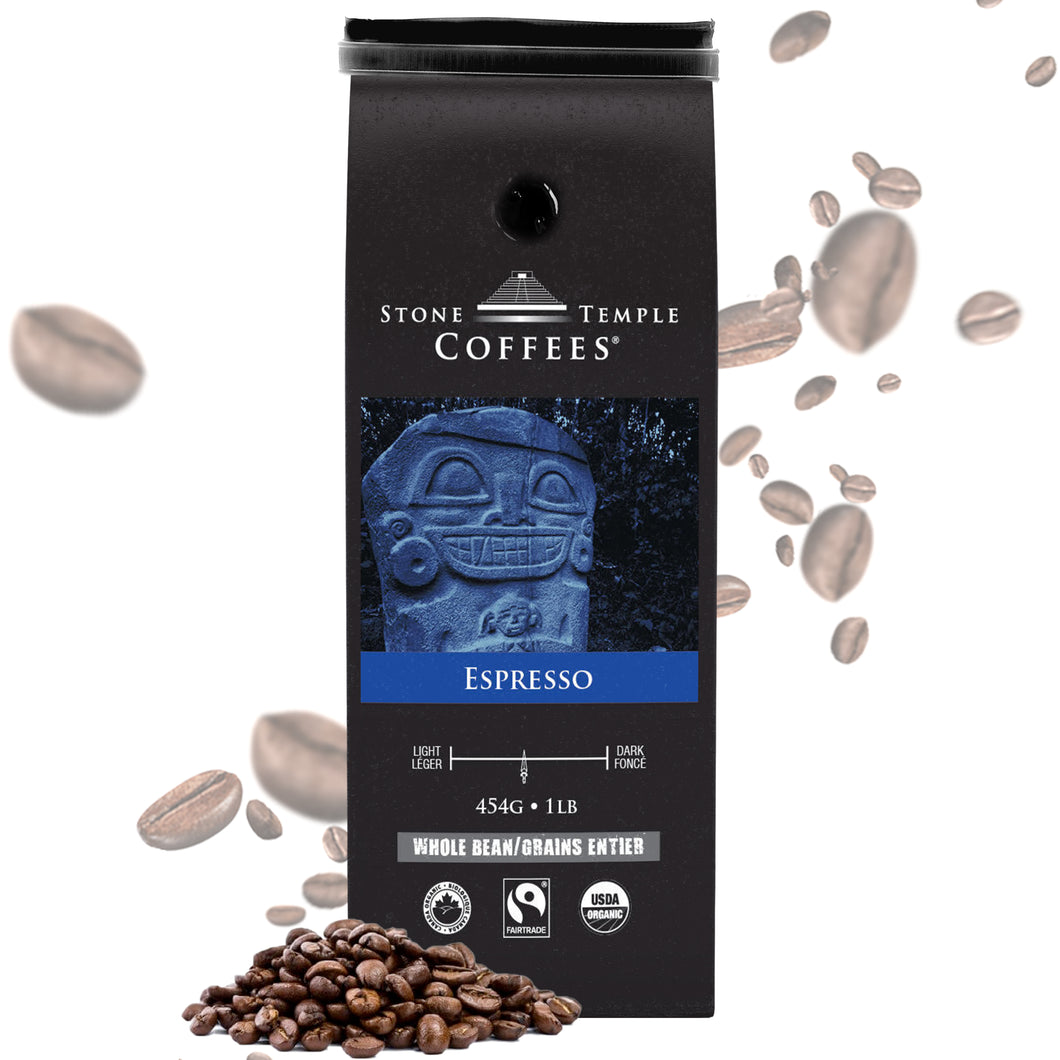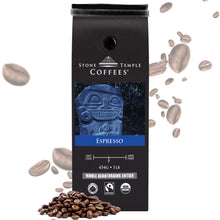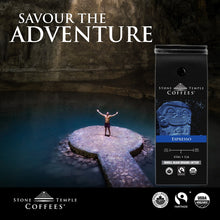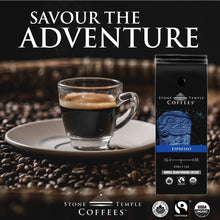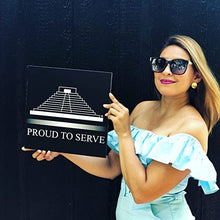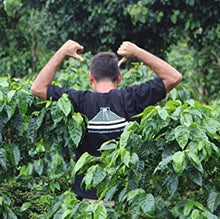Espresso - Whole Bean, Espresso Roast, Certified Organic OCIA/ Fairtrade Coffee 1lb/454g
Regular price
$21.95
Sale
Espresso: Bold, Smooth, and Unforgettable
Crafted from a unique blend of premium South American beans, our Espresso delivers a smooth texture, full body, and a rich, velvety crema that will impress even the most discerning barista. Designed for espresso enthusiasts, this blend is a must-have for anyone who craves a bold, dominant espresso experience.
Why You’ll Love It
-
For Coffee Connoisseurs: Savor the deep, complex flavors of dark chocolate, walnut, graham cracker, and hazelnut in every sip.
-
For Baristas: This bold roast is perfect for crafting classic espresso shots, cappuccinos, and more. Its versatility makes it ideal for everything from nightcaps to creative coffee-based recipes.
-
For Chefs: Elevate your culinary creations by using fine espresso grounds in place of espresso powder. Its rich, in-depth flavor enhances desserts like chocolate cakes, waffles, and birthday treats.
A Barista’s Dream
Our Espresso blend was created with precision and passion, ensuring a consistently rich crema and bold flavor that stands out in every cup. Whether you’re pulling a shot or experimenting in the kitchen, this espresso is your ultimate companion.
Experience the Boldness
From your morning espresso shot to decadent desserts, our Espresso blend brings depth and intensity to every creation. Perfect for coffee lovers and culinary adventurers alike, it’s the ultimate choice for those who demand the best.
Espresso Overview: The Art and Science of a Timeless Classic
Espresso (or expresso) is more than just a coffee—it’s a concentrated masterpiece. Traditionally crafted from a blend of Arabica and Robusta beans, this iconic beverage is known for its rich, bold flavor and higher caffeine content. The secret to a perfect espresso lies in the grind: it must be fine, but striking the right balance is crucial. Too fine, and the coffee becomes over-extracted; too coarse, and it turns watery.
Despite its precise brewing process, espresso is incredibly versatile. Some enjoy it bold and intense, while others prefer it smooth and flavorful. Whether sipped on its own or used as the base for lattes, cappuccinos, and more, espresso is a cornerstone of coffee culture worldwide.
The Peruvian Origins of Our Espresso Fairtrade Blend
Our Espresso Fairtrade Blend is sourced from the breathtaking landscapes of South America, a region that transitions from the arid deserts of the southwest to the lush, humid jungles of the south. This diverse geography—ranging from towering mountain ranges to fertile coastal plains—creates the ideal conditions for growing exceptional coffee beans.
Peru, in particular, is renowned for its high-altitude coffee farms, where the combination of rich soil, cool climates, and skilled farming practices produces beans with unparalleled depth and complexity.
Why Choose Our Espresso Fairtrade Blend?
-
Rich, Bold Flavor: Perfect for those who crave a strong, intense espresso with a smooth finish.
-
Versatile: Ideal for standalone shots or as the foundation for your favorite coffee creations.
-
Ethically Sourced: Our Fairtrade commitment ensures that every cup supports sustainable farming practices and fair wages for farmers.
Experience the Essence of South America
With every sip of our Espresso Fairtrade Blend, you’re tasting the history, culture, and craftsmanship of South America. Whether you’re a fan of bold espresso shots or creamy lattes, this blend is your gateway to a world of rich, unforgettable flavors.
Join the Espresso Revolution
From its precise brewing process to its ethical sourcing, our Espresso Fairtrade Blend is more than just a coffee—it’s a celebration of tradition, quality, and flavor. Discover why espresso lovers everywhere are making the switch to this exceptional blend.

